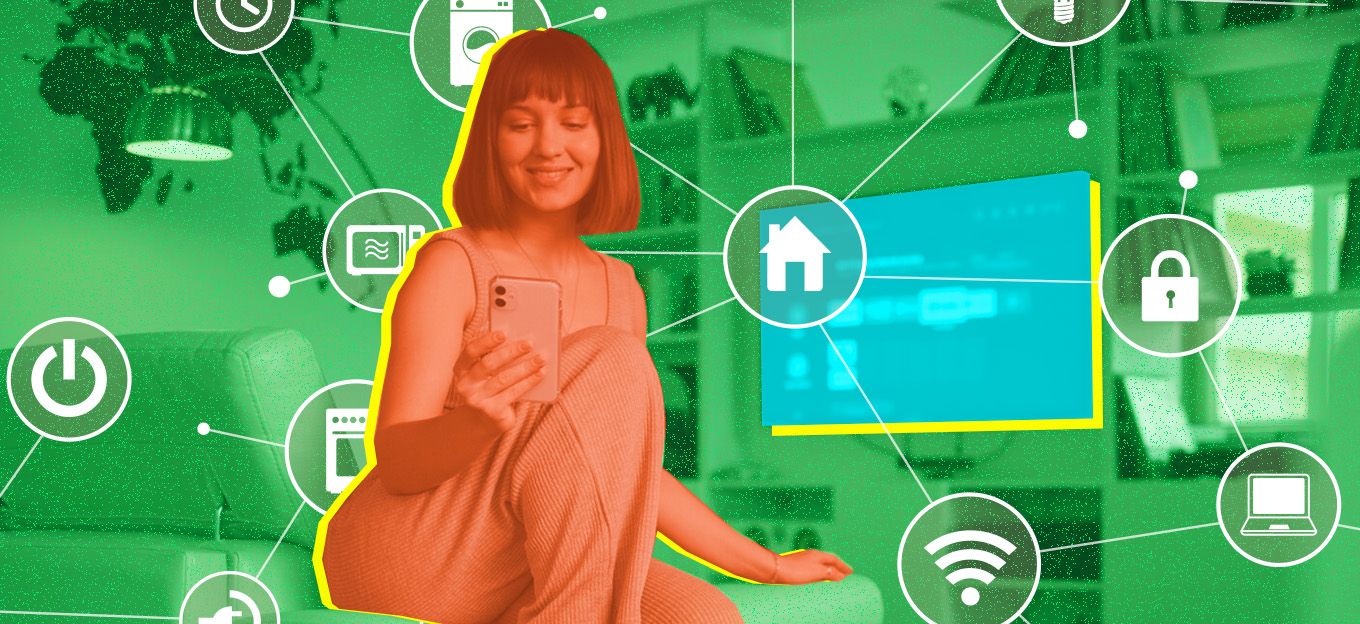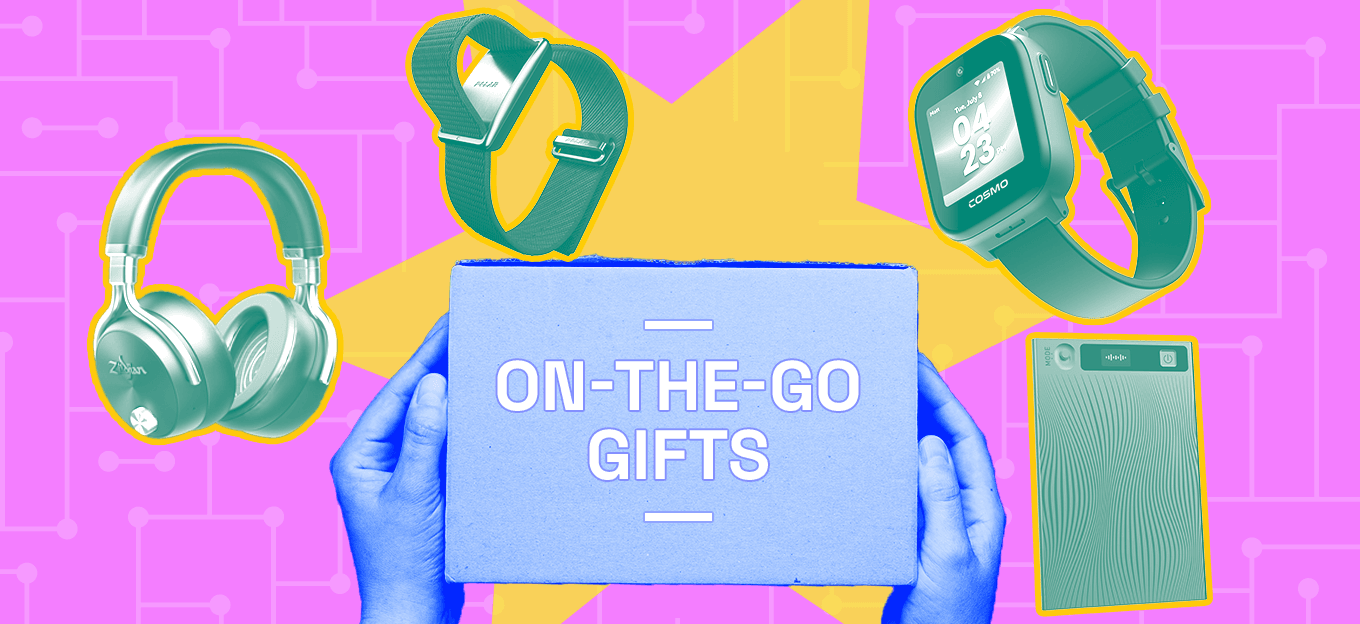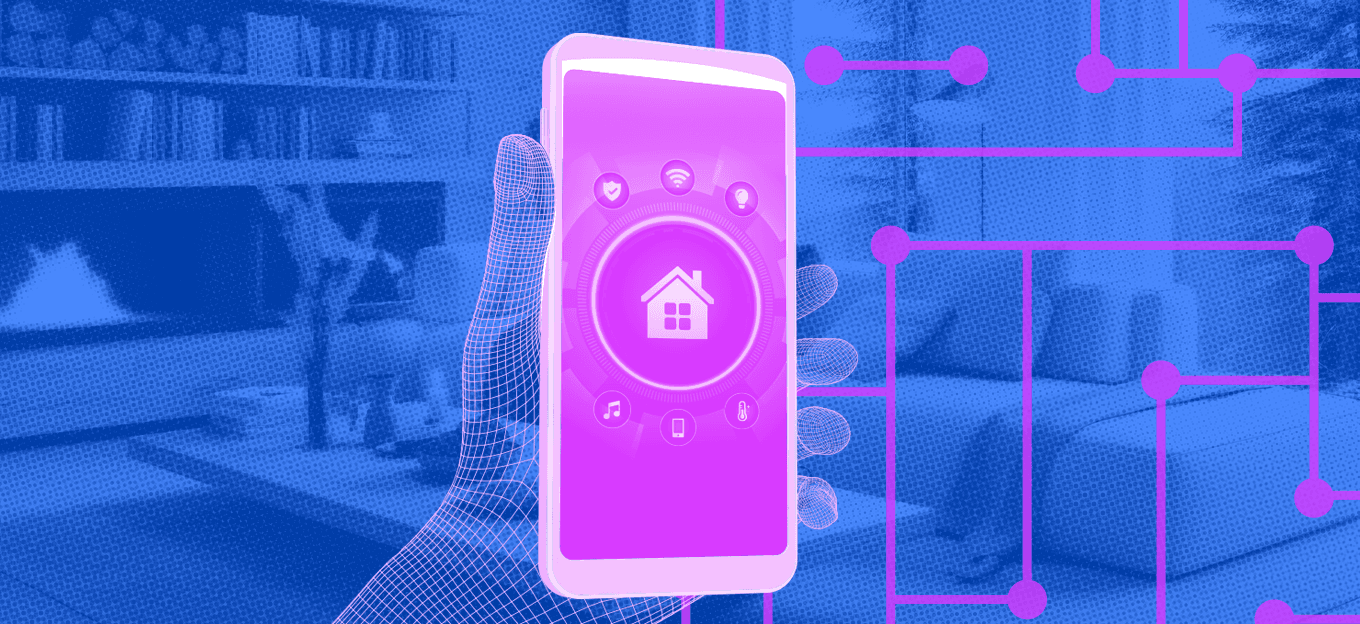Smart TV as IoT Hub: Technical Architecture for Managing Home Device Ecosystems
Smart TV as IoT Hub: Technical Architecture for Managing Home Device Ecosystems
- Last Updated: August 4, 2025
Devin Partida
- Last Updated: August 4, 2025



Smart homes have become an everyday reality for millions of households. They can control everything from household appliances to electricity and security systems. The Internet of Things (IoT) is enhancing how people live and work, but having more connected devices requires a centralized way to manage them all.
This is where smart TVs come in — these devices can act as a central command center for home automation, bringing together different devices and services into one.
The Role of Smart TVs in the IoT Ecosystem
Smart TVs have gone from entertainment devices to connectivity centers within the modern home. Today, an estimated 50.73 million units of the smart TV market will be sold in 2025 and could reach 56.81 million units by 2030. With such widespread adoption, they are taking center stage as potential IoT hubs.
How this technology becomes a central hub involves:
- Built-in connectivity: With Wi-Fi and Bluetooth, most smart TVs can natively support various smart devices.
- Integrated voice assistants: Many TVs now come with Alexa, Google Assistant, or proprietary voice platforms, enabling natural spoken commands to manage connected devices.
- App ecosystems: Through app stores, users can download control interfaces for various IoT brands directly onto their TVs, negating the need for separate mobile devices.
For example, people can use these devices to dim the lights or view security footage from their couch. This ability lets homeowners streamline their daily routines and consolidate entertainment and home automation.
However, despite only 10 percent of consumers currently using their smart TVs to control smart home devices, this amount is likely to grow. As IoT becomes more common in people's homes, smart TVs will likely be the hub for these technologies.
The Technical Architecture Behind Smart TVs as IoT Hubs
Smart TVs have a specific setup that enables them to work as the command center of a home’s IoT ecosystem. This architecture supports seamless communication between devices and delivers a user-friendly experience.
Hardware and Connectivity
Today’s smart TVs come with Wi-Fi and Bluetooth, allowing them to communicate wirelessly with smart devices. Some models also support advanced communication with an even larger selection of home automation products. Powerful processors and expanded memory ensure these televisions can manage multiple tasks simultaneously, such as streaming content, running apps, and controlling IoT devices.
Software and Operating System Integration
The software in TV operating systems ties the hardware together and allows users to interact with their smart home environment. Popular smart TV operating systems include Tizen for Samsung, webOS for LG, Fire TV OS for Amazon, and Google TV for Android-based systems. These platforms provide access to app ecosystems where people can download applications for managing smart devices through their television.
Protocols and APIs for Device Interoperability
Interoperability has always been a great challenge in the IoT space, as devices from different manufacturers often operate using distinct communication standards. To serve as effective hubs, smart TVs must be able to fill these gaps. Universal protocols are increasingly being adopted to allow devices from various brands to work together seamlessly.
In addition to these protocols, developers use application programming interfaces (APIs) and software development kits (SDKs) to build integrations. These enable televisions to have more capabilities and connect with more devices.
Cloud computing and edge computing also play a role. These allow smart TVs to process some data locally for faster response times while offloading other tasks to the cloud.
Applications of Smart TV-Centric IoT Management
One way smart TVs can serve as IoT hubs is by delivering personalized entertainment experiences. Streaming has overtaken traditional television in popularity, so smart TVs have become the primary gateway to on-demand content. Recent surveys have found that 77 percent of U.S. adults between the ages of 18 and 34 now prefer streaming services over cable television.
With AI-driven recommendations, user profiles, and voice-controlled search capabilities, smart TVs can curate content tailored to individuals' preferences and create personalized entertainment experiences. This seamless integration of entertainment and smart home control makes the TV a central part of daily life.
Another application is automated home control. With a smart TV acting as a control center, users can easily manage smart lighting, thermostats, and appliances from their living room. Scheduling daily routines is easy to do with a voice command or a touch of a button. This automation improves convenience and reduces unnecessary power consumption.
Security monitoring is another valuable application. Connecting smart cameras, doorbells, and motion sensors allows users to view security footage or receive alerts directly on their screens. This instant access provides greater peace of mind and can be useful for those who want to monitor their property.
As these applications evolve, smart TVs will grow as centralized hubs and offer homeowners a way to manage every corner of their houses.
Security Considerations
IoT devices' data handling is a top concern, as every interaction generates pieces of information. Because these devices have access to sensitive data, they must have strong cybersecurity measures.
Encryption is essential — it scrambles data, so it is unreadable as it moves between devices. Multifactor authentication is another cybersecurity measure that adds a layer of protection for users to prevent unauthorized access. Manufacturers should also provide timely security patches and firmware updates to defend against potential threats.
Design and User Experience Considerations
Design and user experience must enable intuitive control for smart TVs to work as IoT hubs. Managing a growing number of connected devices can easily become overwhelming if the interface is cluttered or difficult to navigate. To overcome this, manufacturers must focus on creating streamlined dashboards, voice command integration, and responsive visuals. These features make it easier for users to control their smart homes.
Accessibility is also key. Customizable settings and assistive technologies ensure that the device is usable for everyone.
The Future of Smart TVs as Central IoT Hubs
Smart TVs are becoming more sophisticated and offering a better way to manage home devices. As they continue to advance, they will become solutions for simplifying the control of connected devices.
The Most Comprehensive IoT Newsletter for Enterprises
Showcasing the highest-quality content, resources, news, and insights from the world of the Internet of Things. Subscribe to remain informed and up-to-date.
New Podcast Episode

Moving Past the Pilot Phase in IoT and AI
Related Articles

